In a keynote presentation to the recent Association for Information and Image Management conference, AIIM President John Mancini introduced a new report from the organization which suggests that dealing with information chaos is the most significant challenge facing businesses in the next decade. Certainly managing one’s enterprise information is an ever-expanding challenge, but what exactly is “information chaos,” and how can you know if you are experiencing it?
In the introduction to Information Chaos v. Information Opportunity, information chaos is defined as:
Information (documents, emails, videos, podcasts, voicemails, texts, tweets, Facebook posts, LinkedIn conversations, customer analytics, etc.) surrounds us. We rely on this information for entertainment and to do our jobs. Access by employees to information and manipulation by companies of their customer information to serve customer needs is THE competitive advantage today – better information equals better results. The problem? That information is everywhere and not always managed effectively. By managed, we mean channeled towards some business outcome. We use the phrase “Information Chaos” to describe this ongoing and accelerating state of massive information disruption.
In the report, information chaos is driven by three disruptions:
- Consumerization: transforming what users expect from applications.
- Mobile and Cloud: leading to an expectation of anywhere, anytime access.
- Changing Nature of Work: forcing organizations to think flat and agile, not hierarchical and slow.
Mancini notes that “Information is the world’s new currency,” but managing that information is often daunting at best and “rapidly spinning out of control” in many organizations. The first of the disruptions is really one of perception – that enterprise-level applications can be delivered as seamlessly as a consumer buying the latest musical hit on their phone. Although some particular SaaS solutions have achieved a level of simplicity approaching this, it’s an unrealistic expectation for something as wide-ranging (and essential) as document management software, at least presently. The next disruption is likewise perceptional, but probably more generational, as younger workers have an expectation that they can access information “wherever and whenever” and their work duties should be no different. Clearly, this is quite unrealistic.
Perhaps the most striking element in Mancini’s presentation was the third of these disruptions, the changing work landscape. The data is based on a Gallup report, State of the American Workplace, and looks at the engagement of workers. In the average American workplace, only 33% of the workforce is actually engaged with their work, with 49% not engaged (basically only “punching the clock” without any particular regard for the quality of their work), and another 18% actively disengaged (operating in a hostile relationship to their employers). Yikes.
For the top-rated companies, these numbers have dramatic shifts towards engagement, with 67% being engaged, 26% just showing up and doing their jobs, and only 7% with actively negative attitudes. Better, but even these top-rated companies are operating with one third of their workers not actively committed to their jobs.
Four areas that should be addressed in approaching these shifts in the world of business:
- Managing the risks of ever-expanding amounts of information
- Finding ways to transform processes
- Developing processes that will better engage not only employees but customers and partners as well
- Finding ways to extract insight from what Mancini terms “our digital landfills”
In the related report, Mancini details a 34-point action plan which is largely centered around a comprehensive Enterprise Content Management solution, such as our very own Contentverse. The suggested approach for the risks elements deal with creating or updating an Information Governance Policy that, utilizing the tools provided by ECM, will make sure that all data is properly organized. For the transform elements, it’s recommended to do an audit of the existing system in order to determine where poor access to information is creating bottlenecks. The solution for the engage issue here is to develop a social approach that is specifically tailored to your company. Finally, for insight, Mancini lays out methods for utilizing specific functions of your ECM package to make sure the data that you’re accessing is clean and appropriately organized.
Both the AIIM and related Gallup reports are quite recent and provide up-to-the-moment insights which will likely be able to help you deal with whatever “Information Chaos” your workplace may have. See how easily you can bring a top-notch document management software solution to eliminate your chaos by taking our short tour. It’s really quite simple.
About the Author:





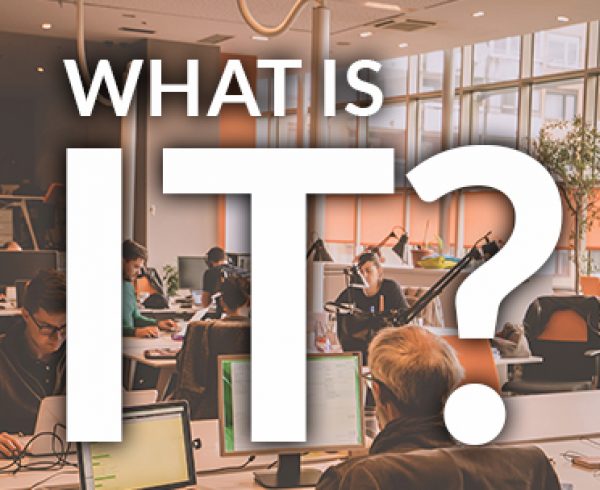




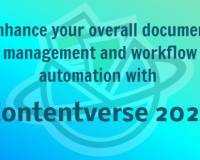
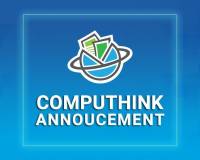

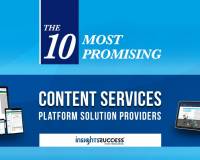
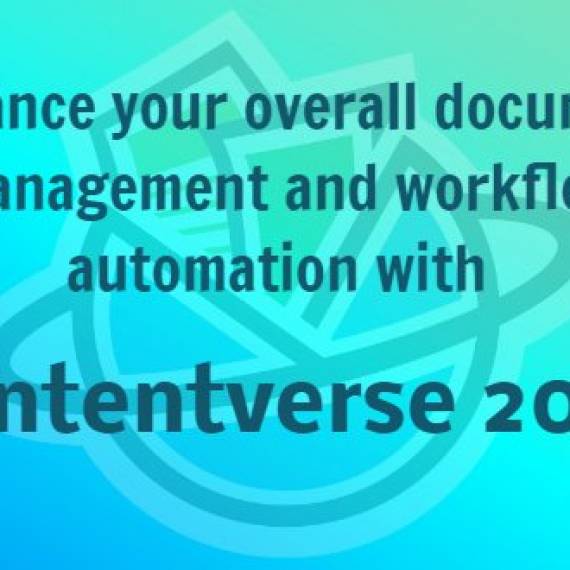
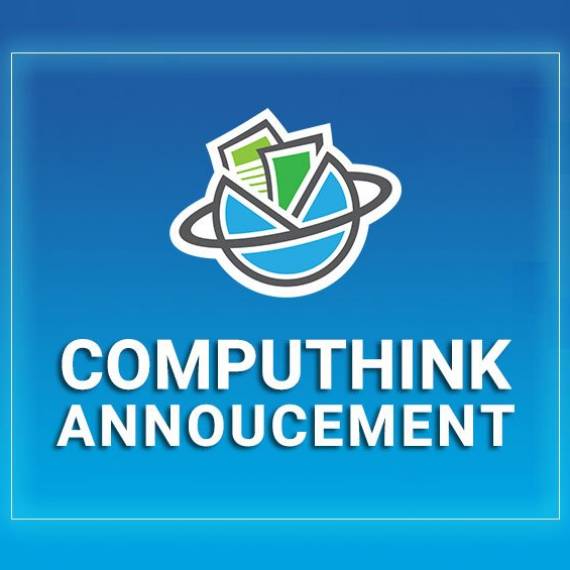

Leave a Comment